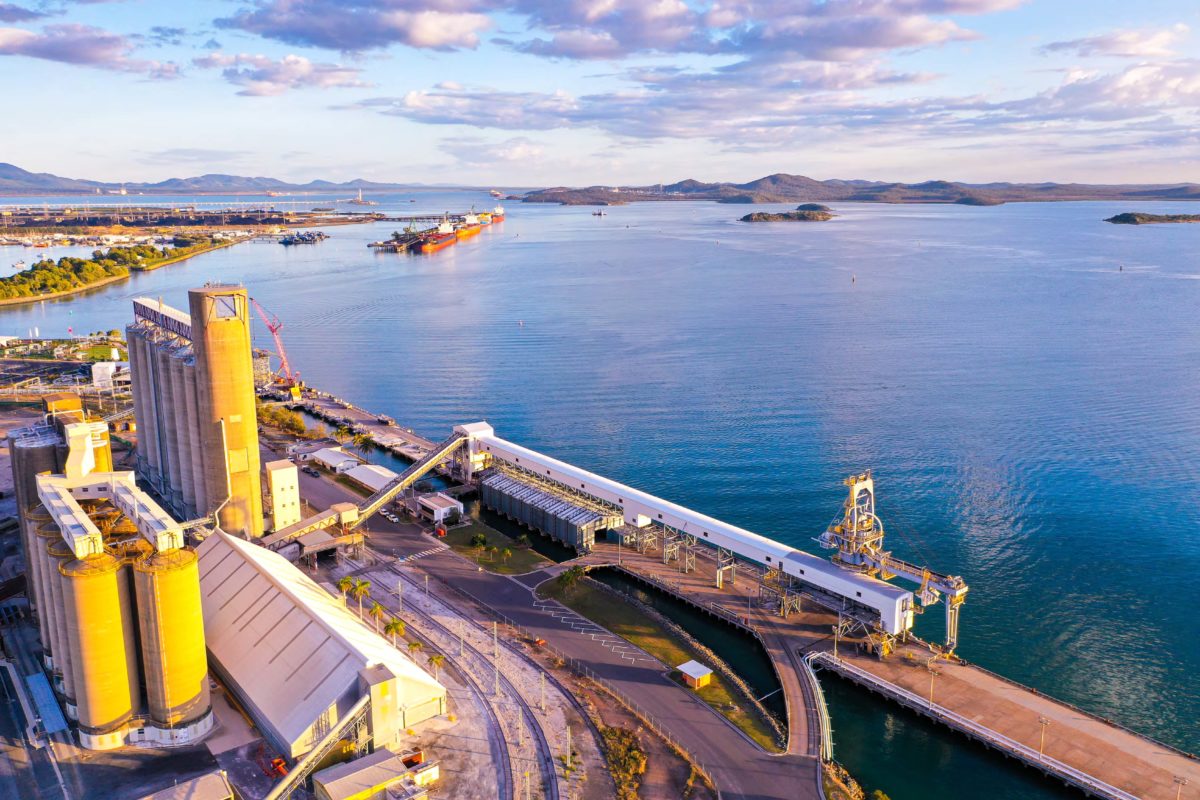Queensland (QLD) has had its foot firmly on the hydrogen pedal since it became the first Australian state to establish a ministry for hydrogen with Premier Palaszczuk’s re-election in November 2020. On the back of partnerships with toward green hydrogen production, such as that with Japanese engineering company IHI Corporation, QLD is backing the evolving potential of Gladstone as a green hydrogen export hub by establishing both Gladstone and Toowoomba as hydrogen technology clusters.
In February, National Energy Resources Australia (NERA), an industry-led not-for-profit organisation set up in 2015 as part of the federal government’s Industry Growth Centre initiative, actioned its instructions from the 2019 National Hydrogen Strategy. This saw the investment of an initial $1.75 million in 13 regional clusters across all states and territories designed to establish Australia’s global identity in hydrogen technology and expertise.
According to a statement from NERA: “Technology Clusters are geographic concentrations of interconnected businesses and organisations in a particular field, that both collaborate and compete to increase productivity and innovation.”
The Hydrogen Technology Cluster Australia (H2TCA) network’s newest clusters, Gladstone and Toowoomba, have received a $100,000 commitment from the QLD government, further evidence if evidence were needed that the Sunshine State is not going to let its sunshine go to waste.
After all, according to a 2019 Deloitte report, Australia’s potential hydrogen sector could create thousands of jobs and increase national GDP by up to $26 billion. Goldman Sachs has called green hydrogen a “once-in-a-generation opportunity” and estimated that green hydrogen alone (not including grey and blue) “could give rise to a €10 trillion addressable market globally by 2050 for the utilities industry alone.”
The newest clusters will join the already established H2Q cluster in Brisbane on the forefront of QLD’s hydrogen industry strategy to nurture innovation and develop skills and technologies necessary for the establishment of a major export industry.
The $100,000 injection will be evenly split between the Gladstone Engineering Alliance (GEA) and the Toowoomba and Surat Basin Enterprise (TBSE).
QLD Minister for Energy, Renewables and Hydrogen Mick de Brenni said these additional clusters “will drive the development of Queensland’s hydrogen supply chain in a way that delivers jobs for regional Queenslanders in areas like components and materials manufacturing for this new technology.”
De Brenni emphasised that the conversation in QLD has “very much shifted from ‘if’ to ‘when’ commercially viable domestic and export-scale renewable hydrogen becomes a reality here in Queensland. If we can position Queensland as the hydrogen technology leader, innovator and exporter of this resource,” de Brenni continued, “we will well and truly cement our position as a renewable energy superpower.
The Gladstone and Toowoomba clusters, which will be officially announced at the Australian Hydrogen Conference today, are another step in the direction of Australia’s renewable hydrogen future. NERA CEO Miranda Taylor said the new clusters “will be able to work together with the existing H2Q cluster in Brisbane, as well as other regional clusters in H2TCA, to ensure long-term local cohesion and sustainable capability across the emerging hydrogen value chain. Australia wants to be exporting more than just molecules.”
According to NERA the two clusters will focus on supply chain activation, research, technology development, education, skills and capability, community social licensing, green hydrogen and global opportunities.
Of course, Gladstone is already the locus of interest for international developers such as London-based Eco Energy World, who is planning a $500 million project to combine its ready to build 300 MW solar plant north of Gladstone, Queensland, with a 200 MW hydrogen plant and 100 MW of battery energy storage. Not to mention the Sumitomo Corporation, who has signed a signed a contract with an EPC for a solar-powered green hydrogen production plant in Gladstone.
This content is protected by copyright and may not be reused. If you want to cooperate with us and would like to reuse some of our content, please contact: editors@pv-magazine.com.









2 comments
By submitting this form you agree to pv magazine using your data for the purposes of publishing your comment.
Your personal data will only be disclosed or otherwise transmitted to third parties for the purposes of spam filtering or if this is necessary for technical maintenance of the website. Any other transfer to third parties will not take place unless this is justified on the basis of applicable data protection regulations or if pv magazine is legally obliged to do so.
You may revoke this consent at any time with effect for the future, in which case your personal data will be deleted immediately. Otherwise, your data will be deleted if pv magazine has processed your request or the purpose of data storage is fulfilled.
Further information on data privacy can be found in our Data Protection Policy.